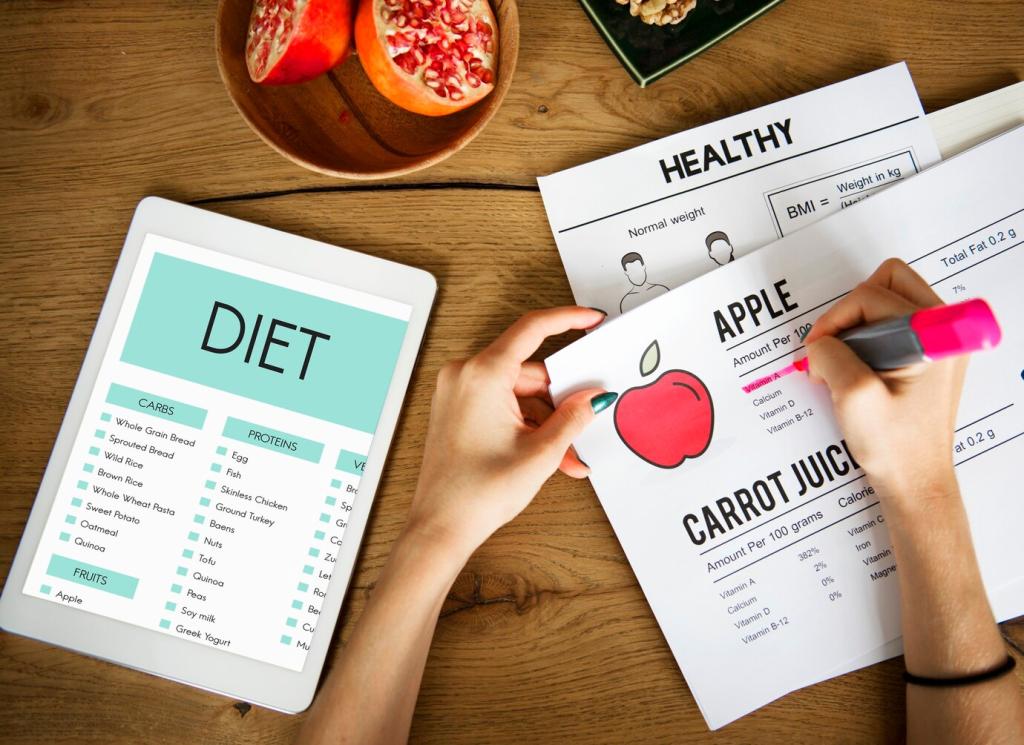Recover Stronger: Post-Workout Nutrition for Recovery
Chosen theme: Post-Workout Nutrition for Recovery. Fuel your comeback after every training session with smart, satisfying choices that rebuild muscle, refill energy, and calm inflammation. Dive in, share your favorite recovery rituals, and subscribe for fresh, science-backed inspiration each week.
The Science Behind Recovering Right
After training, your muscles are primed to rebuild. Aim for about 0.25–0.4 g/kg of high-quality protein, ideally containing 2–3 grams of leucine, within roughly two to three hours. Share what timing works for you, and subscribe for weekly breakdowns you can apply without overthinking.

Protein Timing and Quality That Count
Greek yogurt with honey, eggs on toast, whey in milk, or tofu stir-fry all deliver meaningful amino acids. Target 20–40 grams protein, aiming for leucine-rich choices like dairy, eggs, soy, or a whey shake. Got a favorite combo? Share it and subscribe for more quick templates.
Protein Timing and Quality That Count
Combine legumes and grains for complete amino profiles, or lean on soy, pea–rice blends, and tempeh. Fortified plant milks boost convenience. Add nuts or tahini for extra calories when appetite dips. Plant-based athletes, what recipes keep you consistent after workouts? Drop your tips for the community.


Carbohydrates: Refill the Tank Smartly
Bananas, white rice, rice cakes, and low-fiber cereal move quickly when you have another session soon. If you double up, front-load more carbs. Endurance athletes, what’s your fastest, gentlest carb hit post-workout? Share ideas and subscribe for our practical two-a-days checklist.
Carbohydrates: Refill the Tank Smartly
High fiber is fantastic overall but can feel heavy right after intense training. Start with easier carbs first, then bring in whole grains and beans later. Notice any gut patterns around timing? Help others by sharing what settles best for you after hard intervals or heavy lifts.


Hydration and Electrolytes That Actually Help
Measure What You Lose, Replace What You Need
Weigh yourself before and after training; each kilogram lost is about a liter of fluid. Replace roughly 150% of that over the next few hours, especially in heat. Sodium matters, too, particularly for salty sweaters. What’s your sweat strategy when summer hits? Share your approach below.
Sodium, Cramping, and Safety
Many athletes benefit from 300–700 milligrams of sodium per liter of fluid, adjusting by sweat rate and taste for salt. Be mindful of hyponatremia when overdrinking plain water. What electrolyte mix sits well for you? Comment your brand or DIY method to help fellow readers.
A Simple DIY Recovery Drink
Try cold water, a splash of orange juice, a pinch of salt, and a teaspoon of honey. It’s light, palatable, and supplies carbs plus sodium. Prefer tea with lemon and honey post-run? Share your recipes, and subscribe for our hydration lab notes and taste-tested ideas.


Micronutrients and Anti-Inflammatory Allies
Berries, cherries, citrus, spinach, and peppers bring polyphenols and vitamin C. Tart cherry juice, around a glass or two, may reduce soreness, though you might cycle use near key events. Which produce brightens recovery meals for you? Post a photo-worthy plate and inspire the community.
Micronutrients and Anti-Inflammatory Allies
Fatty fish like salmon and sardines deliver EPA and DHA; algae oil is a strong vegan option. Many athletes aim for about one to two grams daily from food and supplements combined. Have omega-3s helped your aches? Share your experiences and subscribe for our evidence snapshots.
Quick Wins Within Thirty Minutes
Chocolate milk, banana with peanut butter and whey, cottage cheese with peaches, or rice cakes and turkey hit the mark fast. Aim for protein plus accessible carbs. What’s your simplest post-gym bite? Share your go-to and subscribe for our five-ingredient recovery mini-guide.
Hearty Plates for Lasting Recovery
Build bowls: quinoa or rice, chicken or tofu, roasted vegetables, olive oil, and a bright sauce. Add beans or edamame for extra protein. Which meal keeps you full without slowing you down later? Post your template so readers can remix it for their goals.
Budget-Friendly, Batch-Cook Champions
Lean on canned tuna or beans, potatoes, frozen berries, and oats. Roast trays of veggies, cook a pot of grains, and pre-portion proteins. How do you stretch your budget while fueling recovery? Drop your best money-saving trick to help athletes train sustainably.
The Anabolic Window Is a Barn Door
You don’t need to slam a shake in sixty seconds, but sooner can help, especially with frequent training. Think two to three hours, with flexibility for life. What timing actually works for you? Let go of stress and build consistency, then share your routine.
Food First, Smart Supplements Second
Whey, creatine monohydrate, and caffeine have solid evidence; much else is marketing. Look for third-party testing on labels. Which products genuinely moved the needle for you? Comment your experiences so others can learn, and subscribe for our no-hype supplement series.
Personalization for Your Goals and Context
01
Fat Loss, Muscle Gain, or Maintenance
Keep protein steady, and adjust carbs to training load rather than cutting blindly. Avoid deep calorie deficits around hard sessions. Which goal are you working on now? Tell us below, and subscribe for tailored weekly prompts to tighten your plan.
02
Heat, Altitude, and Heavy Sweat Rates
In hot or high conditions, sweat rate and sodium needs climb. Test during training, not race day, and log what works. Cramp-prone athletes often benefit from earlier electrolytes. What climate challenges you most? Share your solutions so others can adapt smarter.
03
Diet Preferences Without Compromise
Lactose-free dairy, soy, pea–rice blends, eggs, fish, or legumes can all anchor recovery. Make the nutrient targets non-negotiable, then choose flavors you love. What’s your dietary lane, and which post-workout meal keeps you excited? Add it below for readers to try.
